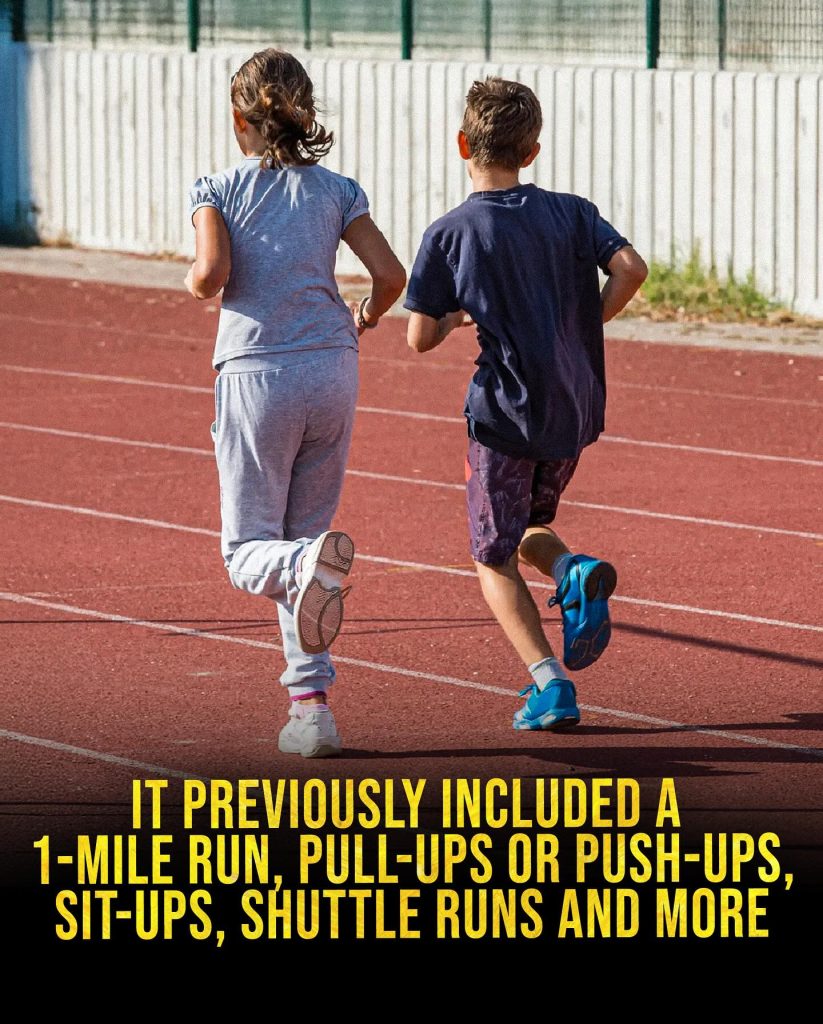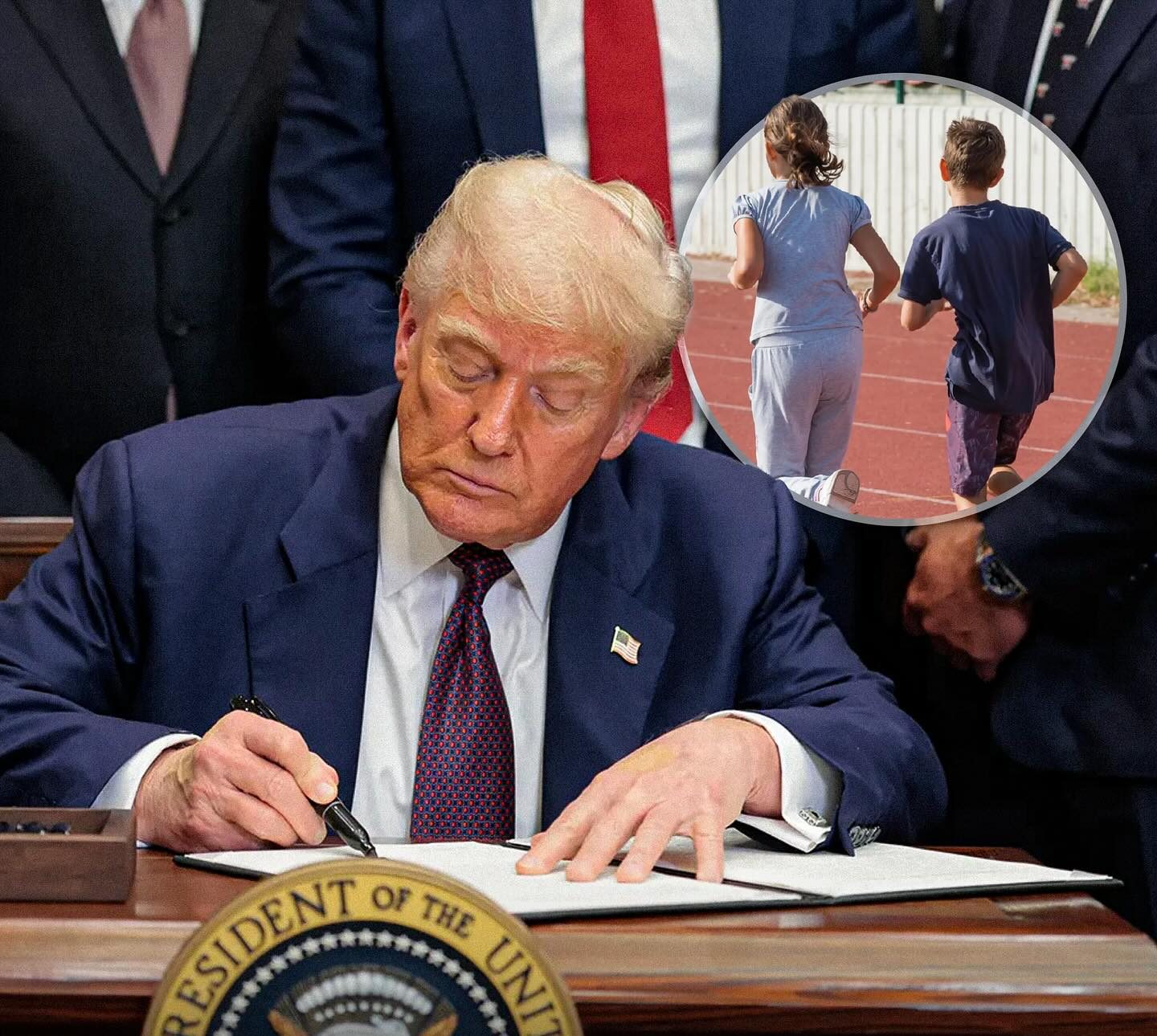Trump Signs Executive Order to Reinstate the “Presidential Fitness Test” in Public Schools Nationwide
The other day I scrolled through social media and almost laughed at what looked like satire—Donald Trump signing paperwork with kids running laps in the background. But then I looked closer and realized: it wasn’t a meme. It was real. On July 31, 2025, President Trump signed an executive order to revive the Presidential Fitness Test in public schools across the United States, re-establishing a program that had been shelved more than a decade ago.
The test is a blast from the past: mile runs, sit-ups, push-ups or pull-ups, shuttle runs and sit‑and‑reach exercises. Scores in the top 15% once earned you a Presidential Physical Fitness Award, a point of pride for kids in the 1960s, ’70s, and ’80s.
The original program was canceled in 2012, replaced by the Obama-era Presidential Youth Fitness Program, which shifted focus from competition to personal health and fitness goals. Trump framed the move as part of a broader effort to “Make America Fit Again.” He spoke about a childhood fitness crisis driven by rising obesity and inactivity. He said restoring the test would help instill discipline, strength, and civic pride in schoolchildren.
Along with reviving the fitness test, the executive order also re-establishes the President’s Council on Sports, Fitness, and Nutrition. The Council will oversee rollout of the test, award design, and educational partnerships. It’s stocked with high-profile athletes like Bryson DeChambeau, Annika Sörenstam, Triple H, and Harrison Butker. Health Secretary Robert F. Kennedy Jr. will coordinate the administration alongside the Secretary of Education.

Students will once again be measured against performance-based standards. The idea is that competition motivates excellence. But critics warn the program needs strong support systems to avoid body-shaming or undue pressure. No official start date has been announced yet. However, many expect the rollout to align with milestone anniversaries in 2026—the 70th anniversary of the original youth fitness council or America’s semiquincentennial celebrations.
I remember writing out the mile run color-coded chart in gym class, hoping to break ten minutes. That sense of schoolyard rivalry, the victory of completing 50 push‑ups, an ice‑cold medal pinned to a shirt—it stuck with me. Some kids hated it. Some loved pretending to get better every week. Either way, it connected fitness with identity. Bringing it back does more than measure muscle—it resurrects memory. For many families, this program was part of childhood. For modern students, it could be something new. How it’s implemented will decide whether it’ll be another drill or a bridge to lifelong health.
We still don’t know how the award criteria will be handled. Will students who struggle be penalized? Or will there be systems to help everyone improve? That depends on how schools adopt the program and whether there is funding for coaches, training, and equipment. Public reaction is already mixed. Some parents feel nostalgic. Some health professionals prefer individualized wellness programming. But if paired with supportive PE curricula, the revived test could serve as a springboard.
President Trump’s action revives a tradition—and with it, a national conversation about fitness, childhood, discipline and identity. The full story is still unfolding, but one thing we know: the Presidential Fitness Test will ask more than just strength—it will test whether schools can use it to lift hearts and habits, not just scores.

